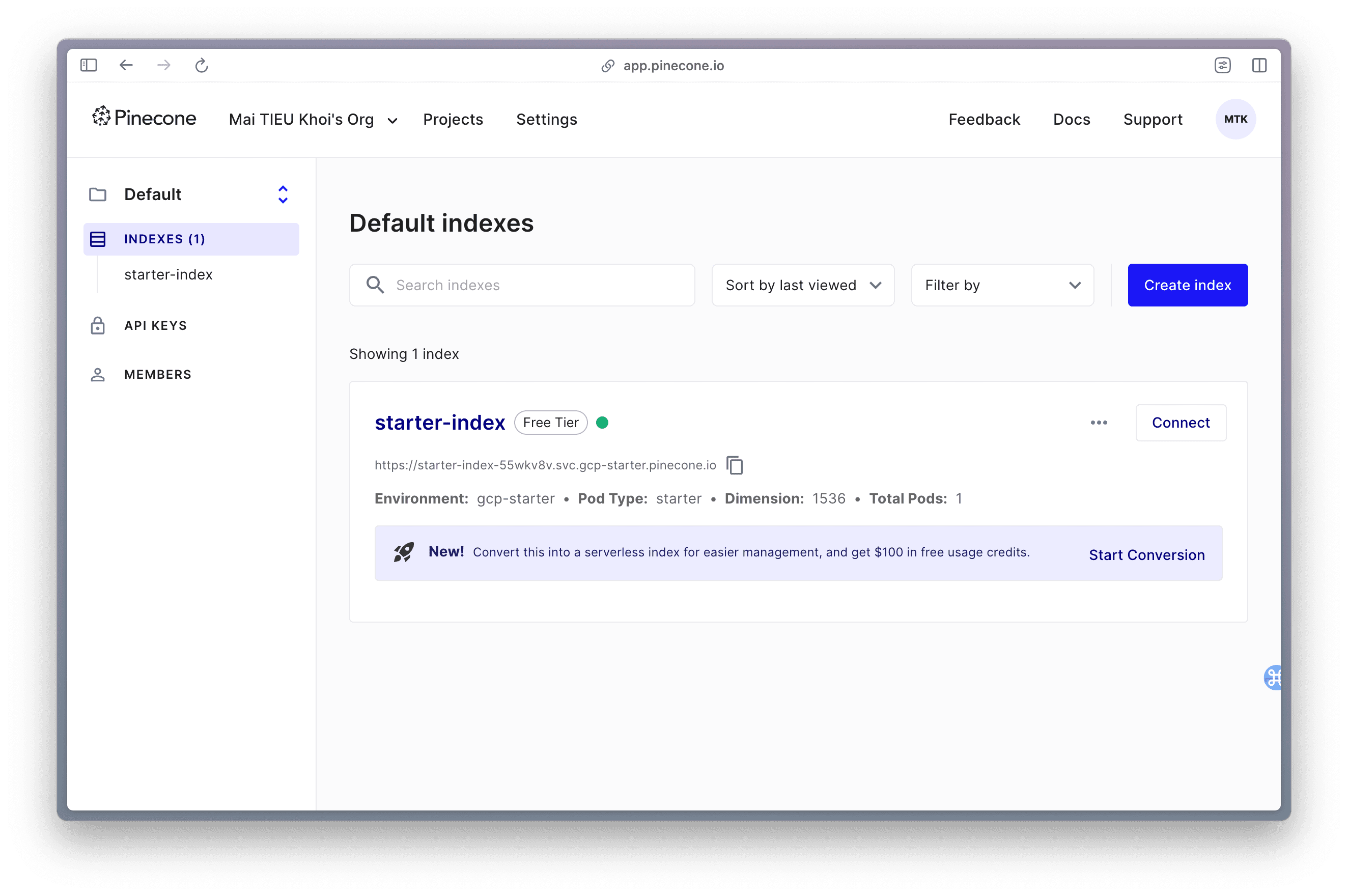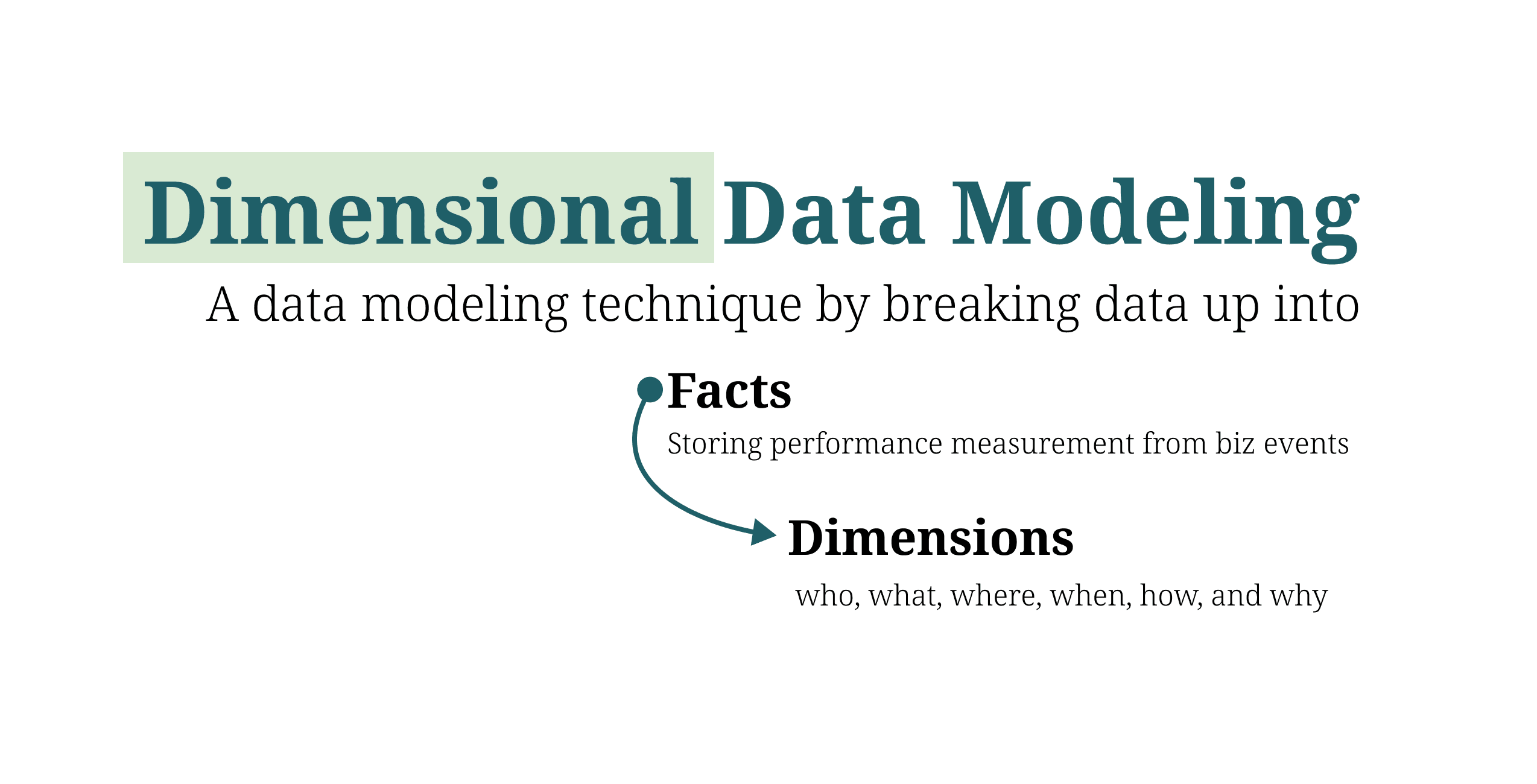This article examines various hierarchy types in data modeling, including Fixed Depth Positional Hierarchies, Slightly Ragged Hierarchies, and Ragged Hierarchies. Fixed Depth Hierarchies feature clear many-to-one relationships, such as product to brand, allowing for easy navigation and quick queries. The article discusses strategies for managing ragged hierarchies through the use of bridge tables and pathstring attributes to simplify analysis and improve performance.








